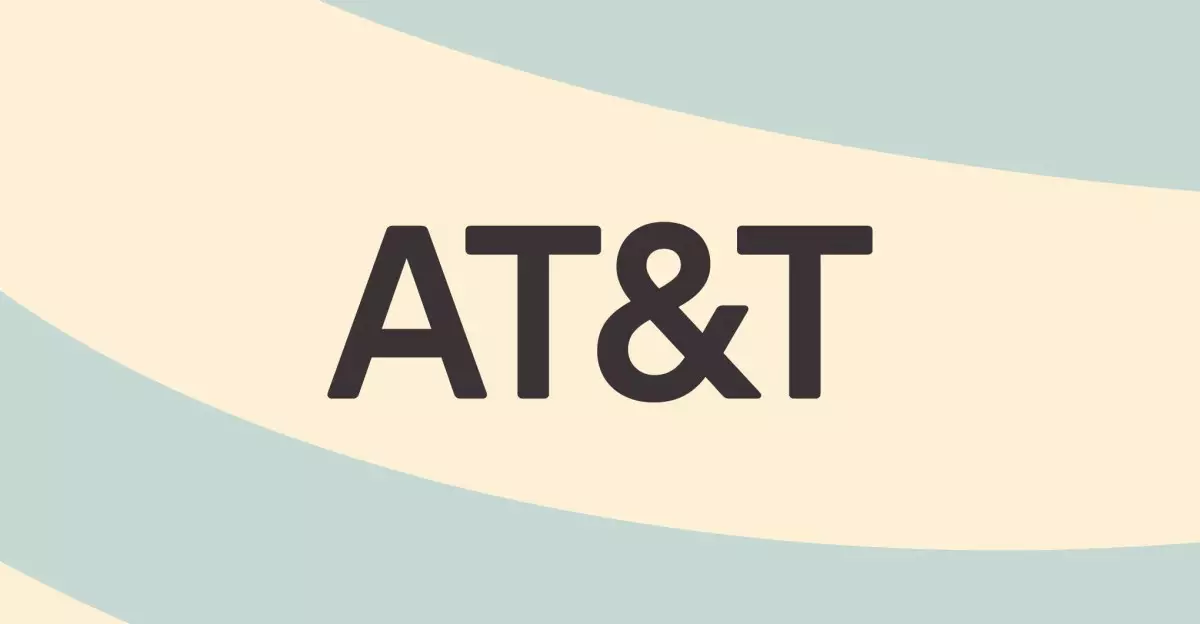The competitive landscape of telecom services is becoming saturated with innovations aimed at enhancing user experience. One such feature recently unveiled by AT&T enhances the incoming call experience for its customers. This service, however, raises significant questions about accessibility, particularly since it is exclusively available for Android users within AT&T’s network. As consumer technology continues to evolve, it’s critical to assess the implications of this limitation.
The feature introduced by AT&T enables users to instantly understand the purpose of a call from a business. For instance, a pharmacy might label a call with “refill reminder,” while a delivery service could indicate “delivery status.” This ostensibly will allow users to make more informed decisions about when to answer their phone, potentially reducing the anxiety of dealing with unknown callers. It’s an interesting progression in user experience as it aims to eliminate guesswork and provide clarity.
However, the underlying assumption that all received calls are inherently beneficial is overly simplistic. Not every call labeled with benign reasons will necessarily be a welcome interruption, and the option for businesses to label their calls could lead to potential misuse. This becomes particularly pertinent when considering the rise of robocalls and spam, as a thin line exists between legitimate business calls and intrusive marketing solicitations.
The exclusivity of the feature to Android users warrants a critical examination. While it is not uncommon for tech offerings to be platform-specific, AT&T’s decision effectively alienates a significant demographic of its customer base who may carry iPhones. Given that iPhone users form a substantial part of the market, especially in the United States, this approach seems counterintuitive. The lack of cross-compatibility might result in frustration among customers who are not privy to these enhancements.
Moreover, this feature reflects a broader trend within the mobile industry toward catering primarily to the Android user segment, perhaps due to cost considerations or market strategy. This could lead to a stagnation of user interest among AT&T’s iPhone customers, who may feel neglected when it comes to innovative offerings.
In an era where consumer choice and holistic user experience are paramount, AT&T’s new feature falls short by limiting its benefits to a subset of its customers. Not only does this compromise user experience for a large group, but it also poses questions about the future direction of telecom features. Are companies prioritizing advancements that can be easily marketed over inclusivity?
While AT&T’s new branded calling feature offers a promising addition to effective call management for Android users, significant limitations hamper its overall appeal. By focusing exclusively on one segment of its customer base, AT&T risks losing sight of a wider audience yearning for improved communication technologies. As consumer technology continues to evolve, the emphasis must remain on accessibility and inclusivity, ensuring all users can reap the benefits of such innovations.


Leave a Reply